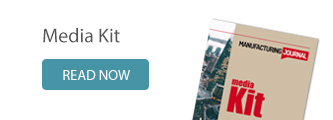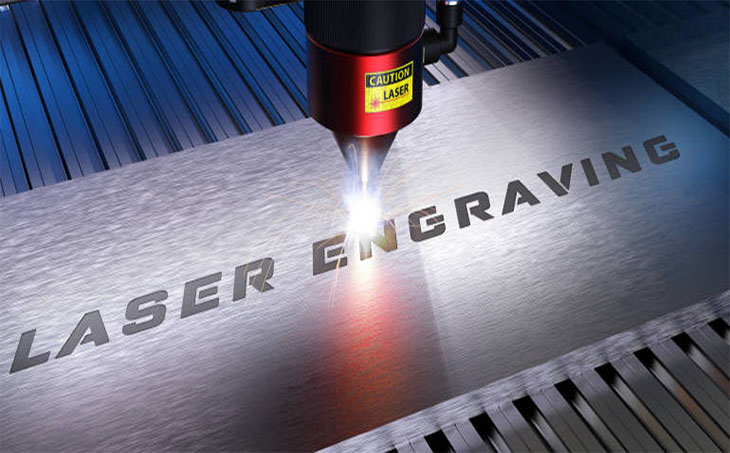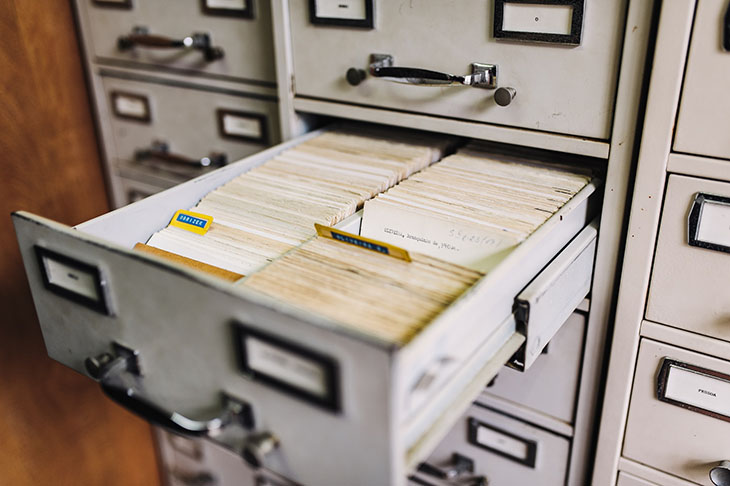As manufacturers produce components in growing varieties and volumes, most realize they need a reliable way to mark those parts, tracing them through the supply chain and for the entirety of the product life cycle. Many opt for permanent methods because the markings will not smudge or get worn off through use. That decision brings numerous benefits.
Improve Handling of Recalls
Once manufacturers learn of parts problems requiring recalls, they must act quickly to limit the danger to customers and preserve the company’s reputation. Permanent marking on parts facilitates better tracking of the affected components. Plus, manufacturers can issue public notices helping people identify the problematic products.
A prompt response is especially important if an issue caused by a recalled component could affect numerous people simultaneously. When a car’s brakes suddenly fail, the emergency puts the driver and passengers at immediate risk, as well as anyone else on the road nearby.
A 40-year study indicated there were 22,651 automobile-related recalls during that span. Permanent marking gives mechanics something specific to look for once a worried consumer hears about the recall and brings their vehicle into a shop.
Maintain Efficiency
Even though permanent marking adds a process step, options exist that won’t slow production as much as people might think. That’s particularly true when using automated solutions. Automated CO2 laser markers can put up to 1,300 characters every second on a surface, making them ideal for large parts batches. However, the efficiency extends to outside the factory, too.
Perhaps a company wants to track which countries have the highest number of consumers purchasing the parts. A permanent marking system makes it much easier to get those numbers with minimal delays.
Permanent marking also shortens maintenance time frames when the circumstances require a technician to change a critical marked part during machine maintenance. There are virtually no limits to what a company could indicate with its markings. The possibilities range from a QR linked to an instruction manual or data sheet to details of the required part model. When maintenance professionals have such information easily accessible, they can work more quickly and confidently.
Some permanent marks are faster to read than non-permanent alternatives, too. Companies may use scanners to read all the relevant data in a fraction of a second. That’s substantially more efficient than manual methods necessitating someone reading the information printed on a sticker.
Save Money
The efficiency associated with permanent marking for parts often reveals money-saving opportunities. For example, some manufacturers use stickers before exploring more enduring options. However, stickers can fall off during production or transit, eliminating the traceability that marking should provide.
In one case, an automotive supplier began using a laser-marking method to put identifying details on plastic body panels. Previously, the company had used coded stickers to achieve that aim, but leaders wanted a better solution. They found a provider that used lasers for permanent marking. This process resulted in more than $1 million in savings for one part family.
The savings can also come when companies want to expand their export business, sending components to more areas of the world. Succeeding with this goal requires meeting import regulations. Otherwise, the products could get held back at borders, resulting in significant time lost for the producing companies and the customers awaiting the goods.
Although the specifics vary depending on the involved nations, U.S. Customs and Border Protection officials prefer permanent marking. The organization’s website mentions markings are ideal when they become part of the imported article.
It also notes that importers may bear the costs of remarking the goods after labels fall off, which can happen with adhesive ones. If sticky labels get wet or the products containing them receive rough handling, these circumstances can compromise the markings. However, that won’t happen with permanent methods. Although those may initially cost more to apply, the expenses will balance out in the long run due to the increased reliability provided.
Address Challenging Identification Needs
Identifying parts correctly becomes critical when the items are medical devices that go into bodies. Laser marking is the preferred method in these cases. It can withstand constant exposure to bodily fluids and will not wear down through years of use.
Surgeons can also record specifics, such as whether specific implant types, brands or materials do not last as long as expected. Manufacturers may request that information, especially from health care facilities using medical devices in large patient groups. Although implants often last for years, many still require periodic replacements. Getting details such as model numbers when removing an implant from a patient can provide valuable durability statistics.
Researchers have also pointed out how orthopedic implants can identify patients when other methods fail. When people experience severe trauma, any exterior body parts may be too damaged to provide dependable identification details. However, making the specifics of a patient’s orthopedic implant available in their medical records could aid in faster identification if needed.
Pursue Permanent Marking for Manufactured Parts
Whether a component is for an industrial boiler or a patient in need of a knee replacement, manufacturers need dependable ways to trace them and verify what happens to those parts after they leave production facilities. Permanent marking methods can meet these needs and many others, making them well worth considering.
























